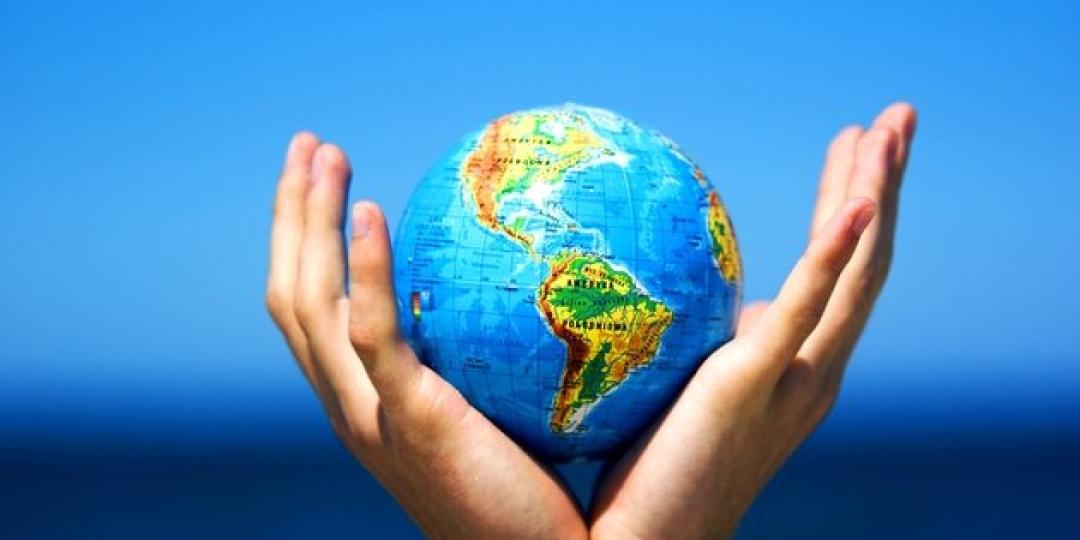International tourism continued its recovery in January 2022, with a much better performance compared with the comparatively weaker start to 2021.
However, the Russian invasion of Ukraine has added pressure to existing economic uncertainties, coupled with many COVID-related travel restrictions still in place. Overall confidence could be affected and hamper the recovery of tourism, warns the UN World Tourism Organization.
Based on the latest available data, global international tourist arrivals more than doubled (up by 130%) in January compared with the same month in 2021. The 18 million extra travellers recorded worldwide in the first month of this year is the same number as the total increase for the whole of 2021.
While these figures confirm the positive trend already under way last year, the pace of recovery in January was affected by the emergence of the Omicron variant and the re-introduction of travel restrictions in several destinations. Following the 71% decline of 2021, international arrivals in January 2022 remained 67% below pre-pandemic levels.
Africa also sees growth
All regions enjoyed a significant rebound in January 2022, from low levels recorded at the start of 2021. Europe (+199%) and the Americas (+97%) continued to post the strongest results, with international arrivals still around half pre-pandemic levels (down 53% and 52%, respectively).
The Middle East (+89%) and Africa (+51%) also saw growth in January 2022 over 2021, but these regions saw a drop of 63% and 69% respectively compared with 2019. While Asia and the Pacific recorded a 44% year-on-year increase, several destinations remained closed to non-essential travel resulting in the largest decrease in international arrivals compared with 2019 (down 93%).
Outlook
After the unprecedented drop of 2020 and 2021, the UNWTO expects international tourism to continue its gradual recovery this year. As of March 24, 12 destinations had no COVID-19-related restrictions in place and an increasing number of destinations were easing or lifting travel restrictions, which contribute to unleashing pent-up demand.
























